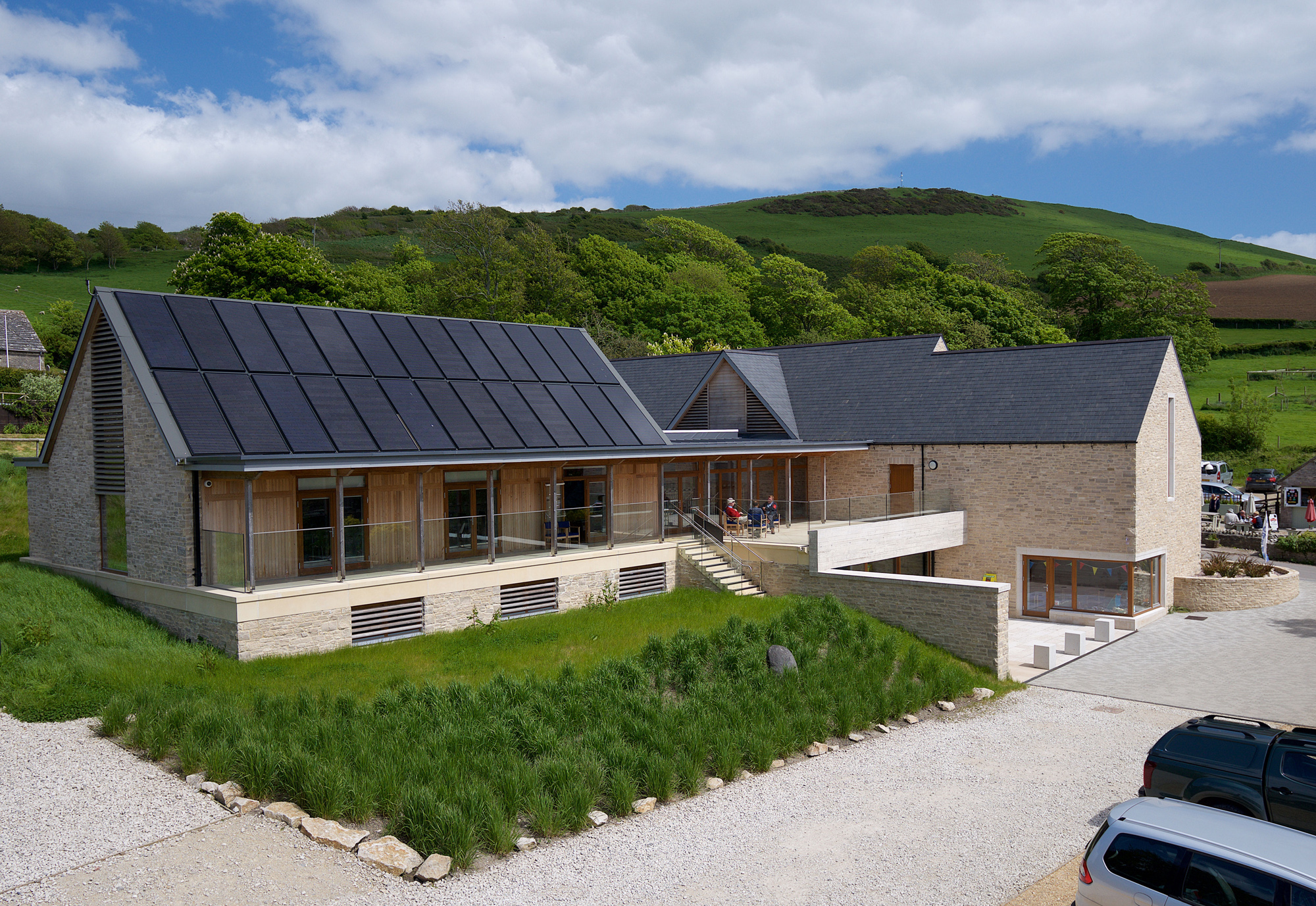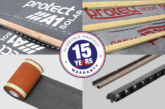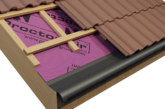
Cembrit Glendyne natural slate has been used to add a distinctive style and character to The Etches Collection museum roof in Kimmeridge.
The Etches Collection lies in the village of Kimmeridge, an Area of Outstanding Natural Beauty along the Dorset coastline. Listed as one of the twelve new museums to visit in 2016, it houses the collection of Steve Etches MBE, who collected and researched over 2,000 late Jurassic Kimmeridgian fossils over 30 years. The museum uses a blend of modern and traditional materials which gives the property a timeless appeal, whilst also complementing the natural beauty of its surroundings.
Funded by the Heritage Lottery Fund, charitable trusts, and the local community, the building was designed to fulfil a number of sustainable criteria. London-based architect, Kennedy O’Callaghan Architects presented the planners and Kimmeridge Trust with roofing samples to review, which resulted in Cembrit Glendyne slates being specified.
Janie Price from Kennedy O’Callaghan Architects commented: “Glendyne slates, together with Haysom Purbeck Stone, have successfully blended the museum into the surrounding traditional cottages. The slates allow the design to fit the traditional vernacular whilst its detailing is contemporary.”
Glendyne is a high-quality slate that is designed to combine performance with value for money. This is largely a result of the high yields achieved at the quarry. The combination of relatively easy to extract material and modern slate processing and quality control creates a product that offers high quality with a low production cost. The quarry operates a quality management system based on EN ISO 9001 which is externally audited. This standard is adhered to rigidly, as are all the quality standard procedures required by each regional market the quarry supplies. Available exclusively from Cembrit in the UK, Glendyne is a distinctive blue-grey colour.
Glendyne slates are tested to BS EN European standard, BS EN 12326-1:2014 which requires many of the laboratory tests (‘type testing’) to be performed at least annually and the factory production control (FPC) performed and recorded as a matter of routine by the producer.








